Setting Up An Indoor Cultivation Facility
As more states approve medical and adult-use cannabis, it's creating business opportunities for master growers and experts in controlled-environment...
2 min read
.png) Marcus Baldinger
:
Aug 1, 2022 9:00:00 AM
Marcus Baldinger
:
Aug 1, 2022 9:00:00 AM

Having trouble deciding whether to go with HPS or LED lighting for your grow room or vertical farm? When choosing between the two, it is important to consider not only their performance but cost and energy usage as well. Let’s take a look at the pros and cons of each and what effect they may have on the rest of your designs.
HPS lighting typically bears a lower initial investment cost which might be appealing during start-up; however, many will find long-term operational costs much higher than LEDs. This is partly due to the increased energy demand required to operate the fixtures, paired with the increase in HVAC tonnage needed to compensate for the excess heat added by the HPS bulbs. To break this down a little further, in addition to PAR, HPS bulbs emit considerable amounts of infrared radiation, which causes excess heat to be generated.
In nature, when experiencing high infrared conditions under the sun, the blue light spectrum helps keep the plant cool by signaling stomatal openings in the leaves. Since HPS bulbs do not emit much blue light, leaf surface temperatures will often rise above the ambient room air temperature. To combat this, ambient room air temperatures should be maintained in the mid-70s, which would require the tonnage of the HVAC compressor to be sized larger. In addition, HPS fixtures operate by emitting all of their light from a single point rather than being evenly spaced across the canopy, as found with most LEDs. This concentration of radiation tends to lead to greater light penetration capabilities, allowing for denser canopies, greater lower canopy and bud development, and stable leaf surface temperatures throughout. On the downside, this also means sufficient space must be maintained between the light and the top of the canopy, which is not ideal for vertical farming.
LED lighting, on the other hand, typically bears a higher initial investment cost compared to HPS; however, the long-term operational cost savings usually more than makeup for this. This is due to a lower overall energy demand required to operate LED fixtures, paired with the minimal to nonexistent infrared radiation being emitted. LEDs also output significantly more blue light spectrum, which helps the plants transpire and stay cool. This often results in plants’ leaf surface temperature being lower than the ambient room air temperature allowing for the grow room to be run at higher ambient air temperatures, often in the mid-80s. Because of this, HVAC systems do not need to work quite as hard, so overall tonnage necessary can be reduced, thus saving on power consumption which can lead to lower energy costs. Since some LED fixtures are designed in a way that spaces out the diodes evenly over a wide surface area, plant canopies can get within inches of the light without causing adverse effects. This is especially useful in vertical farming setups where overhead space is limited.
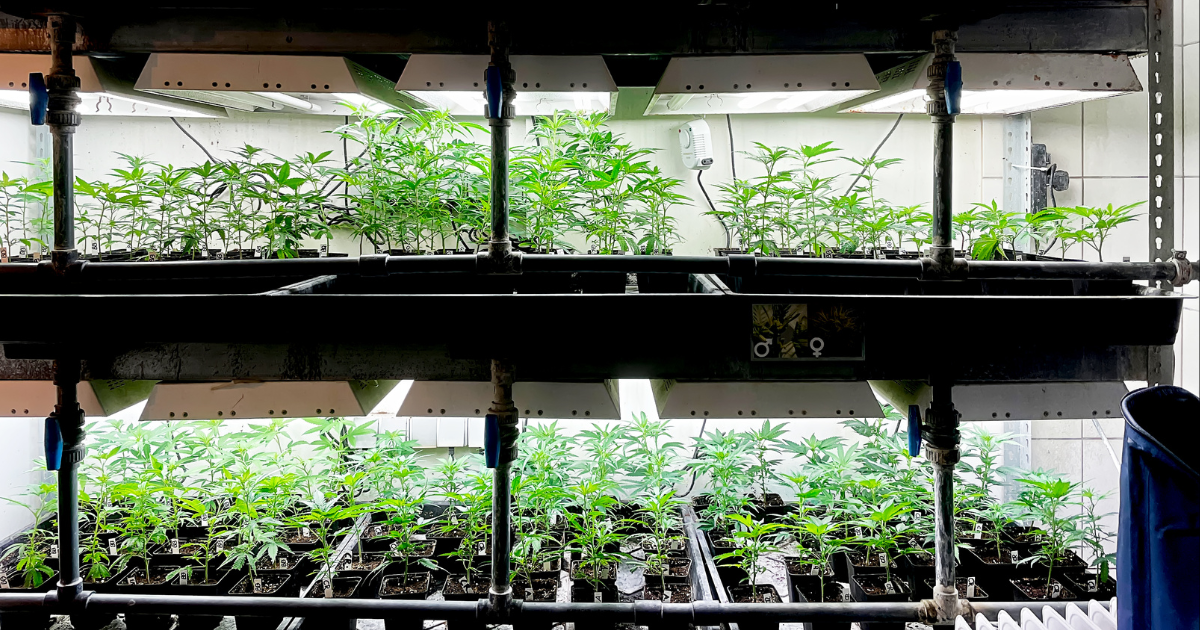
It is important to note that when designing a setup like this using close canopy lighting, adequate convective air flow must be planned for as light penetration will not be as strong, and lower canopy leaf surface temperatures can become lower than desired. Some LED fixtures, however, mimic HPS lights in that they concentrate all their light from a single point rather than spaced out evenly. These can be useful in situations where ceiling height is not a factor as they provide the same benefits of light penetration as HPS without excessive heat.
It is clear that your choice of lighting has a much larger effect on your grow design than just personal preference, so it is important to weigh the pros and cons of each when making your decision. When running any high-intensity lighting, CO2 must be supplemented to take full advantage of the increase in PAR without causing unwanted stress to your plants.
Regardless of whichever type may work best for your specific situation, Growlink has you covered. Our Environmental Control Panels can control power to whatever lighting type you choose and provide on-the-fly 0-12v dimming functionality so you can make the best use of your equipment and tailor it to your plant’s specific needs.
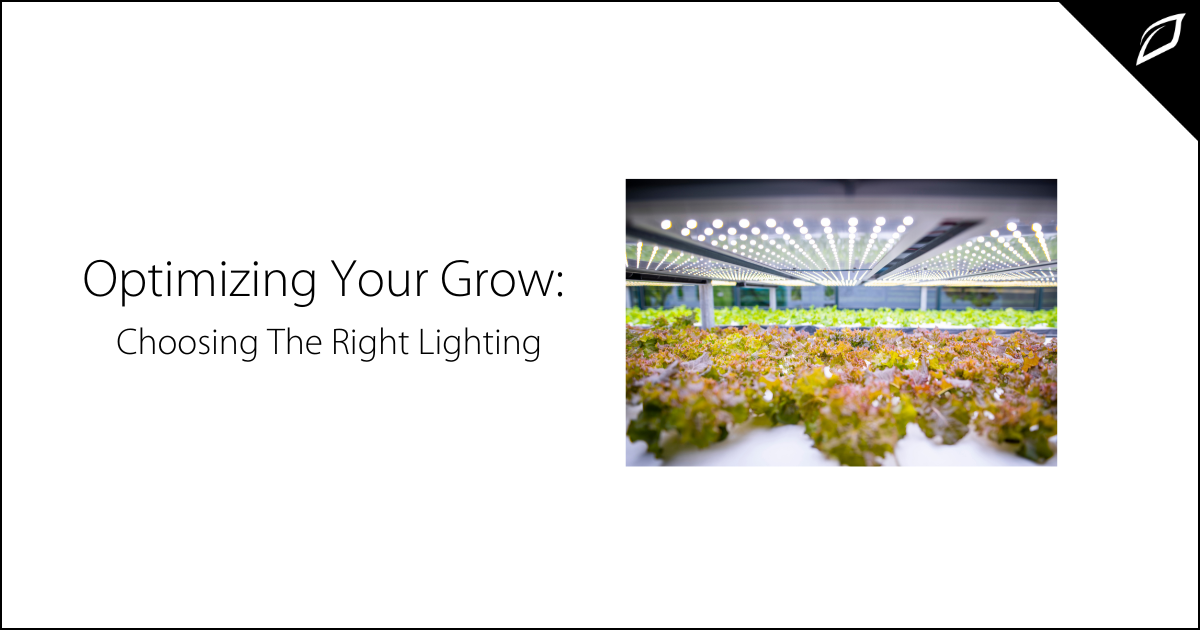
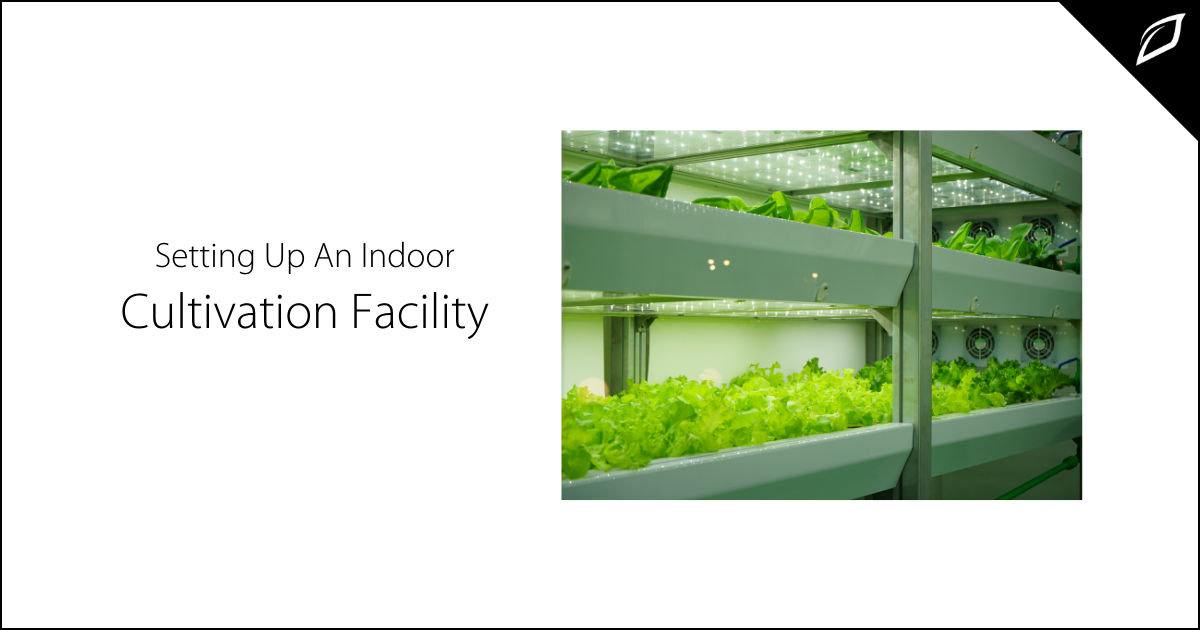
As more states approve medical and adult-use cannabis, it's creating business opportunities for master growers and experts in controlled-environment...
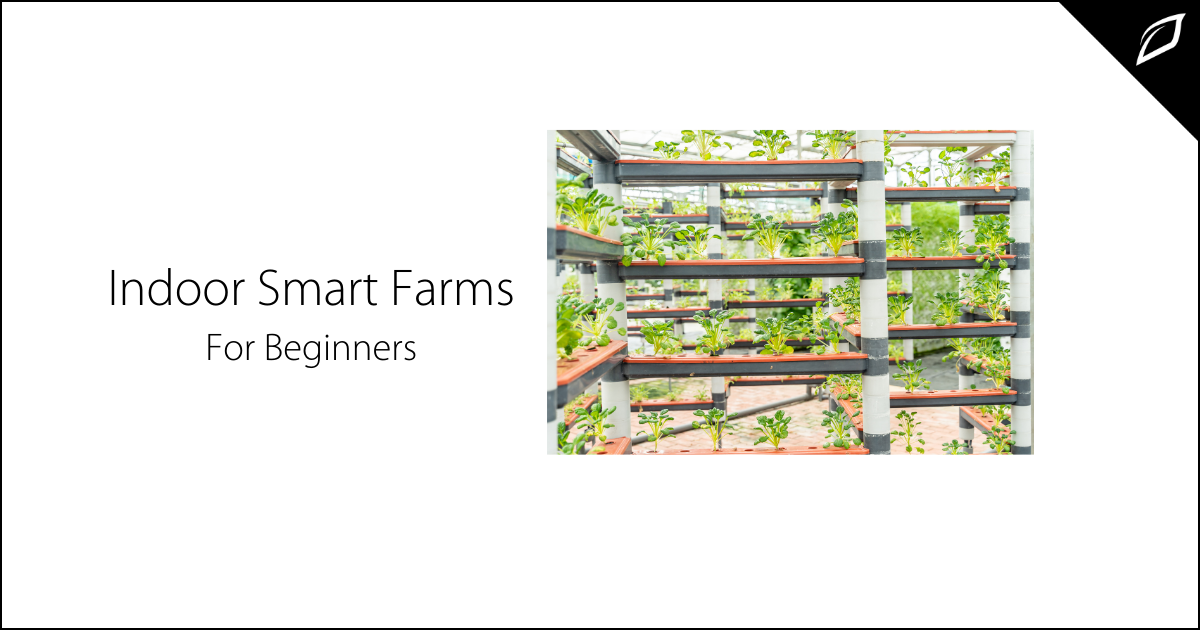
The Internet of Things (IoT) is changing every aspect of our life, from home automation, logistics and automotive, to industrial IoT. And it...
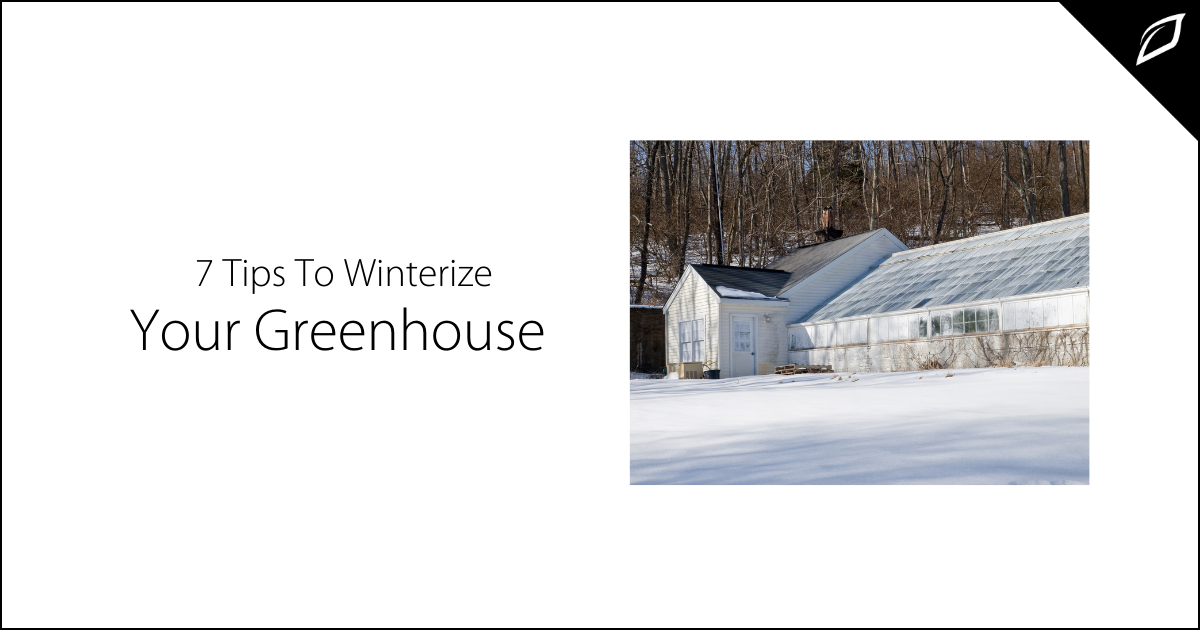
While outdoor growers are busy harvesting, greenhouse growers know that Fall is the best time to prepare for cold months ahead. Winter is fast...